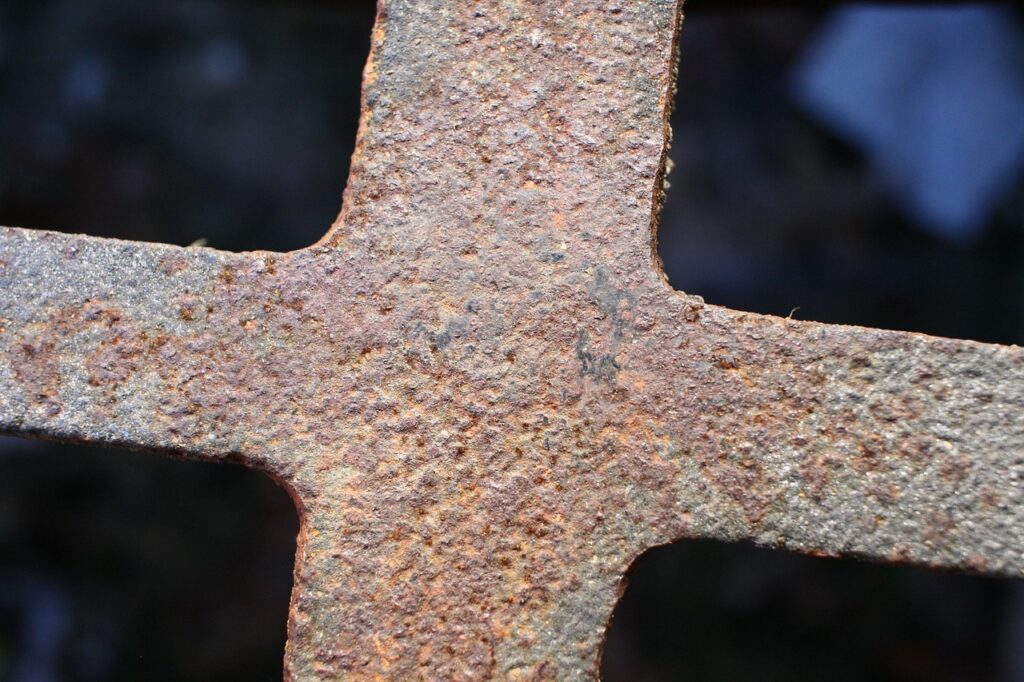Dealing with a leaky showerhead is not only annoying but can also lead to water wastage and potential damage to your bathroom. Fortunately, repairing a leaky showerhead is a straightforward DIY task that requires minimal tools and expertise. This comprehensive guide will walk you through the process, from identifying the problem to implementing practical solutions to stop the leak and restore your shower’s functionality.
Contents
- 0.1 Tools and Materials You’ll Need:
- 0.2 Step 1: Turn Off Water Supply
- 0.3 Step 2: Remove the Showerhead
- 0.4 Step 3: Inspect and Replace Washers or O-Rings
- 0.5 Step 4: Clean the Showerhead
- 0.6 Step 5: Apply Teflon Tape
- 0.7 Step 6: Reattach the Showerhead
- 0.8 Step 7: Test for Leaks
- 0.9 Step 8: Adjust and Fine-Tune
- 0.10 Step 9: Monitor for Future Issues
- 0.11 Conclusion
- 1 Author
Understanding the Problem
A leaky showerhead can manifest in different ways, such as constant dripping, spraying from the base, or an irregular spray pattern. Identifying the type of leak will help pinpoint the cause and guide you in selecting the appropriate repair method.
Tools and Materials You’ll Need:
Before you begin, gather the following tools and materials:
- Adjustable wrench
- Pliers
- Screwdrivers (both flathead and Phillips)
- Teflon tape (thread seal tape)
- Replacement showerhead washer or O-ring
- Vinegar or lime scale remover (if dealing with clogged showerhead)
Step 1: Turn Off Water Supply
Locate the water shut-off valve for the shower or turn off the main water supply to your house to prevent water flow during the repair.
Step 2: Remove the Showerhead
- Detach the Showerhead: Use an adjustable wrench to loosen and unscrew the showerhead from the shower arm. Turn the showerhead counterclockwise to remove it.
- Inspect the Shower Arm: Check the threads on the shower arm and clean them if necessary to ensure a smooth connection.
Step 3: Inspect and Replace Washers or O-Rings
- Inspect the Washer or O-Ring: Inside the showerhead connection, you’ll find a rubber washer or O-ring. Inspect it for signs of wear, damage, or debris.
- Replace the Washer or O-Ring: If the washer or O-ring is worn out or damaged, replace it with a new one of the same size and type. Apply a small amount of plumber’s grease to the new washer or O-ring for a better seal.
Step 4: Clean the Showerhead
- Check for Mineral Buildup: Examine the spray nozzles of the showerhead for mineral deposits or debris that may be causing blockages.
- Soak in Vinegar Solution: If there are mineral deposits, soak the showerhead in a vinegar solution (equal parts vinegar and water) for at least 30 minutes to dissolve the buildup. Use an old toothbrush or small brush to gently scrub the nozzles and remove any remaining debris.
Step 5: Apply Teflon Tape
- Wrap Threads with Teflon Tape: Wrap a few layers of Teflon tape clockwise around the threads of the shower arm. This helps create a tight seal when reattaching the showerhead.
Step 6: Reattach the Showerhead
- Hand-Tighten First: Start by hand-tightening the showerhead onto the shower arm. Ensure it is properly aligned to avoid cross-threading.
- Use Wrench to Secure: Use an adjustable wrench to gently tighten the showerhead onto the shower arm. Be cautious not to over-tighten, as this can damage the threads.
Step 7: Test for Leaks
- Turn On Water Supply: Gradually turn on the water supply to the shower and check for leaks around the connection between the showerhead and the shower arm.
- Check Functionality: Test the showerhead by running water to ensure there are no leaks and that it functions properly with a steady and even spray pattern.
Step 8: Adjust and Fine-Tune
- Adjust Water Flow: If necessary, adjust the water flow or spray settings on the showerhead to your preference.
Step 9: Monitor for Future Issues
- Regular Maintenance: Periodically clean the showerhead to prevent mineral buildup and ensure optimal performance.
- Address Issues Promptly: If leaks persist or new problems arise, inspect the showerhead and connections for further issues. Consider consulting a professional plumber for complex repairs or replacements.
Conclusion
Repairing a leaky showerhead is a manageable task that can be completed in a short amount of time with basic tools and materials. By following this step-by-step guide and taking proactive measures to maintain your showerhead, you can eliminate leaks, conserve water, and restore efficient function to your shower. Remember to observe safety precautions and consult a professional plumber for assistance if needed, especially for more complicated issues. Enjoy your leak-free shower and the peace of mind that comes with a properly functioning bathroom fixture.










